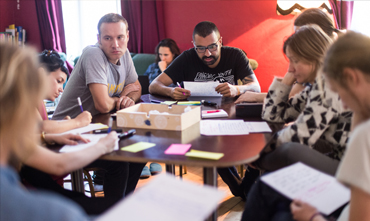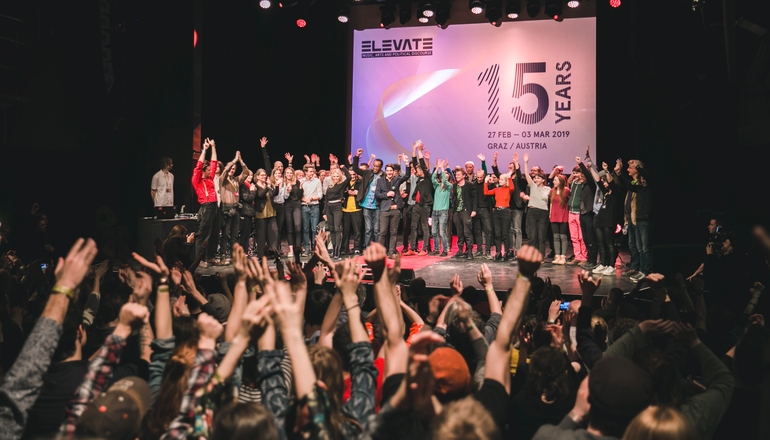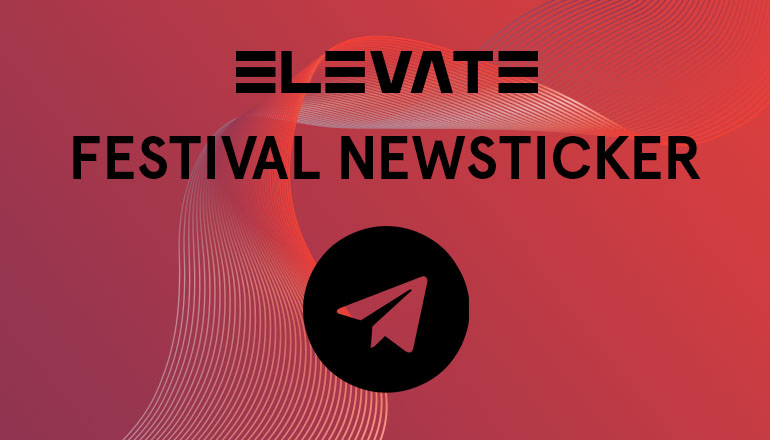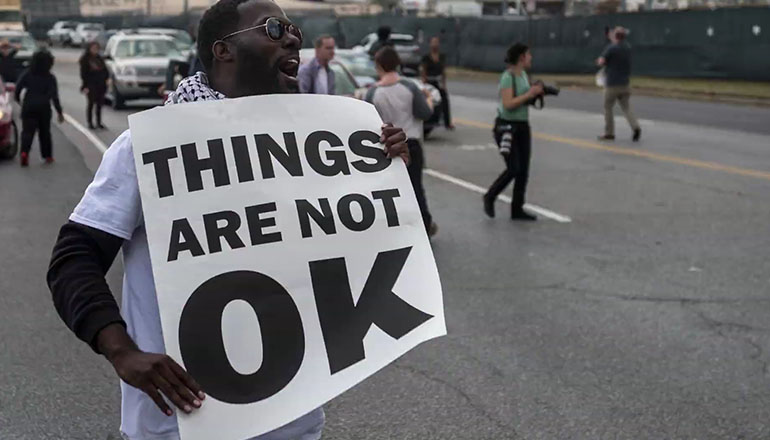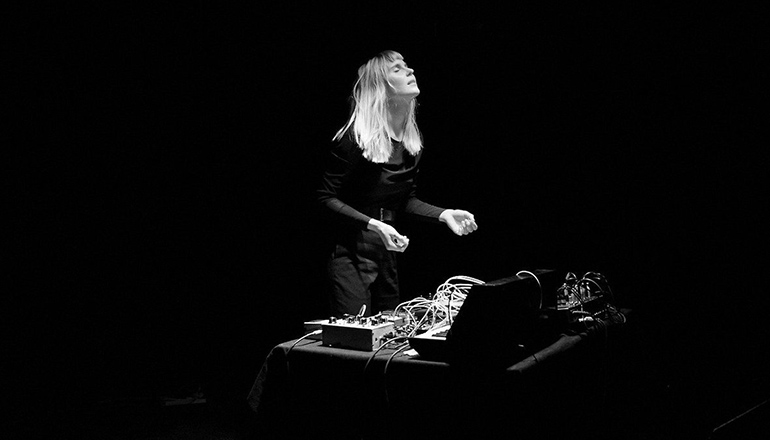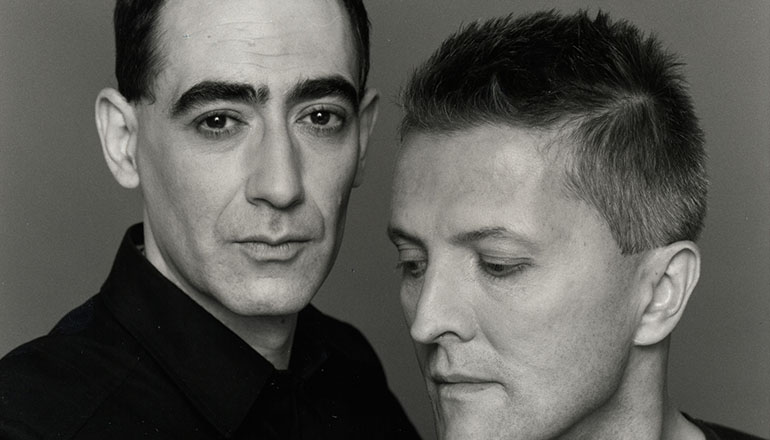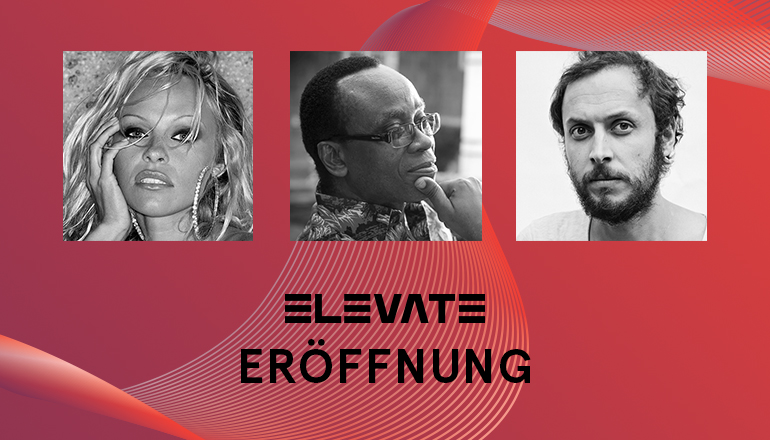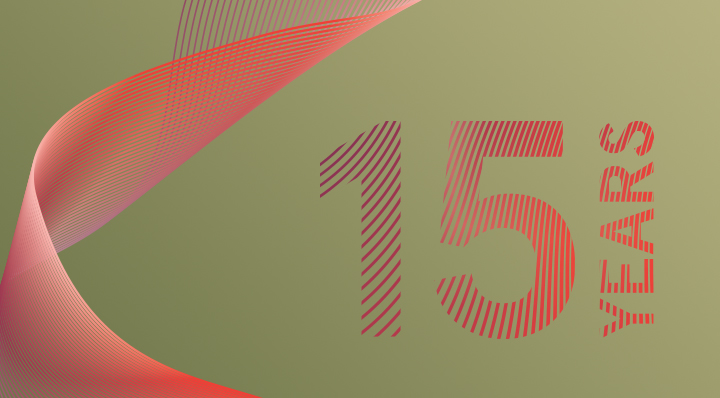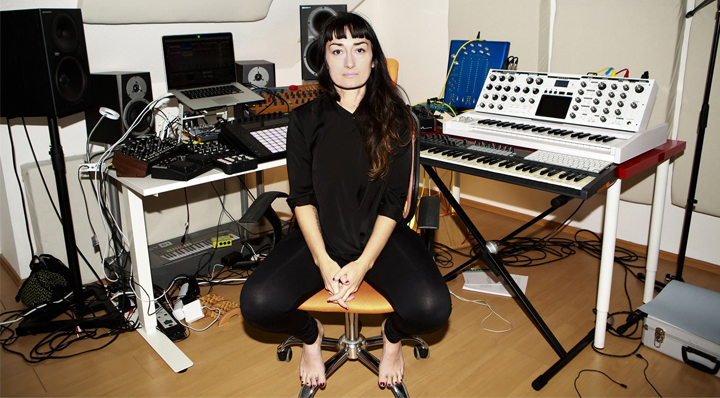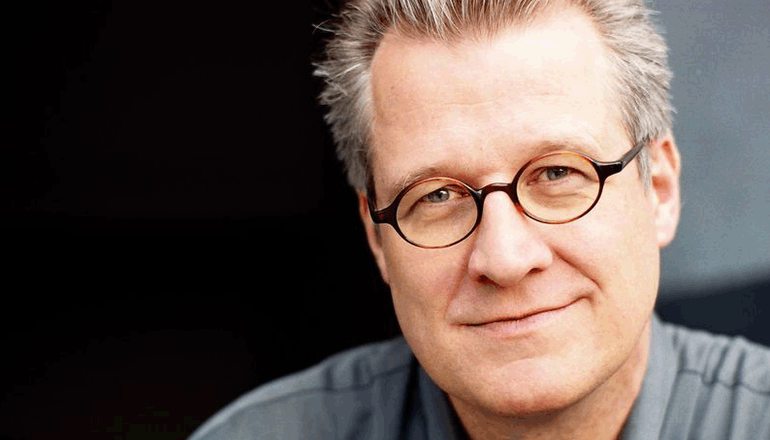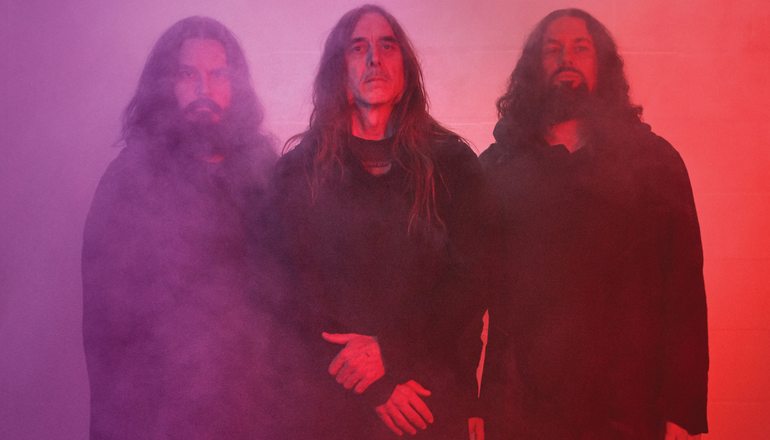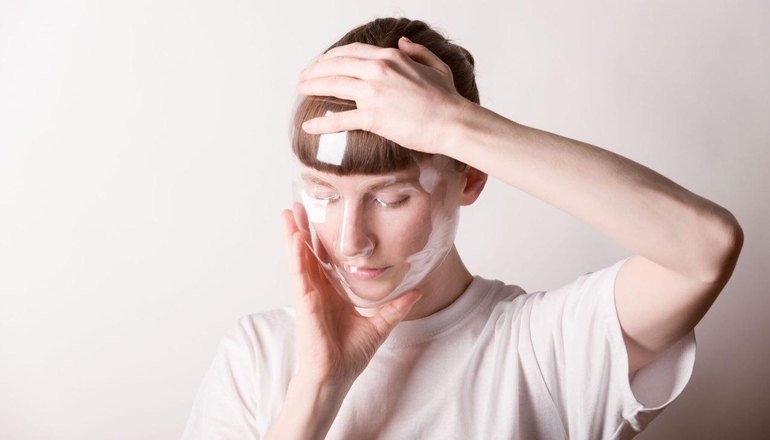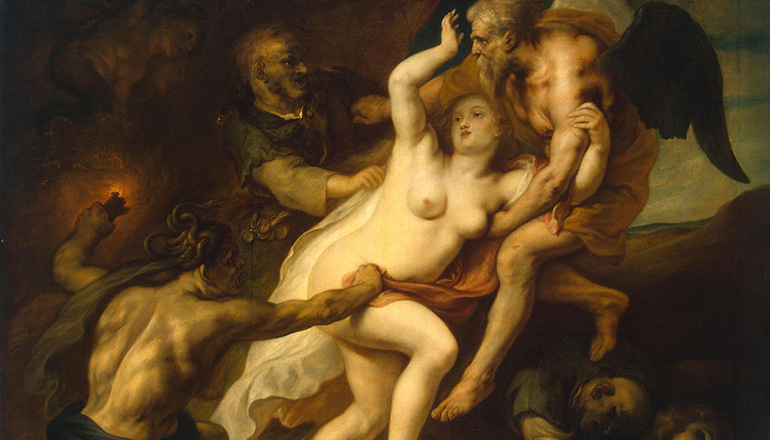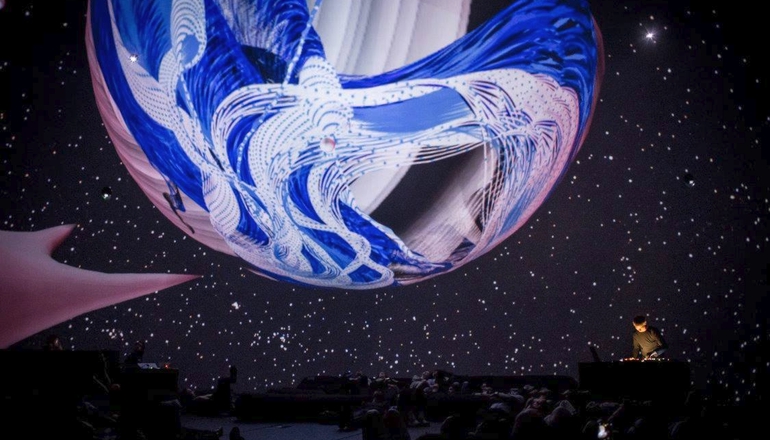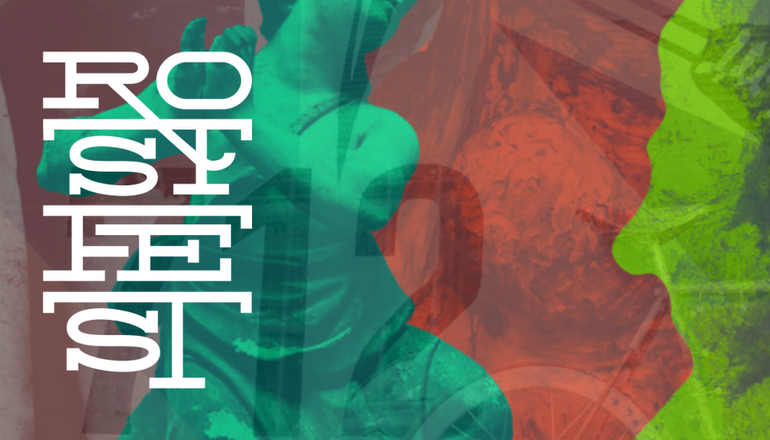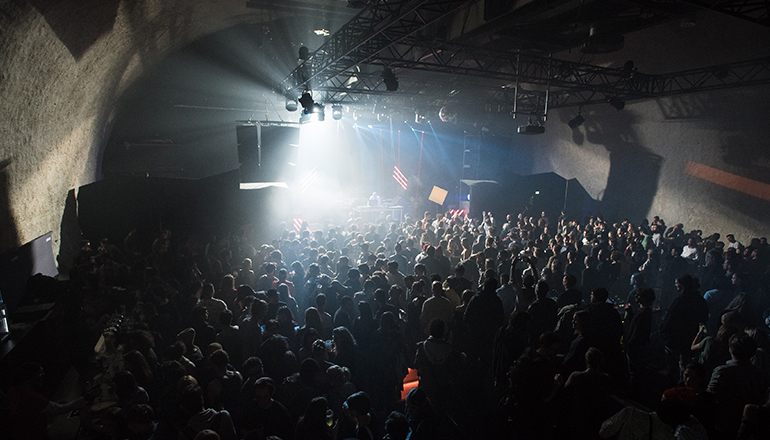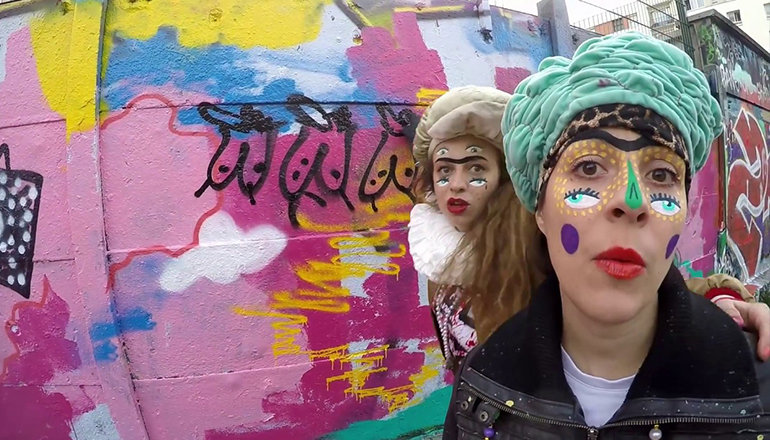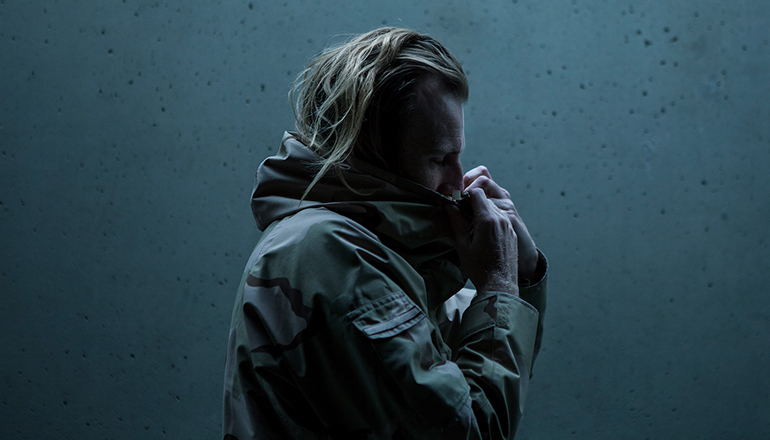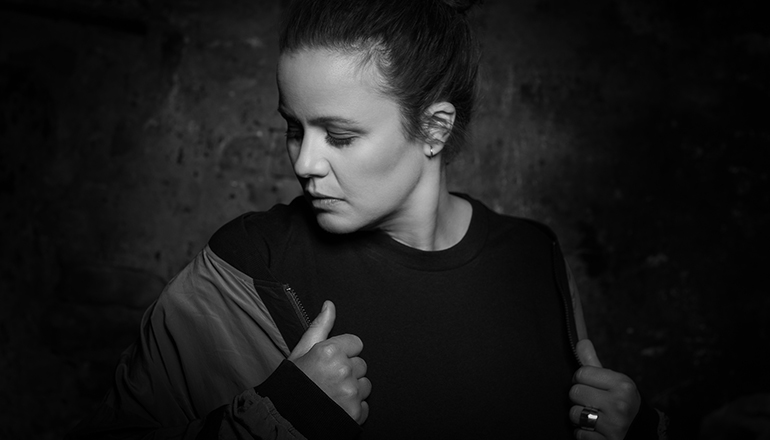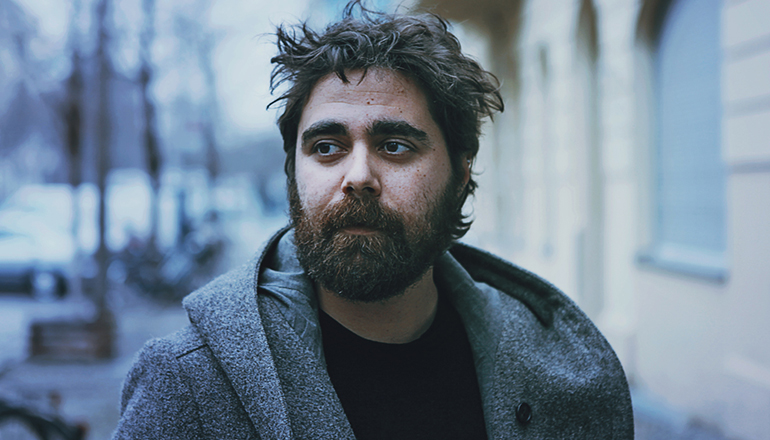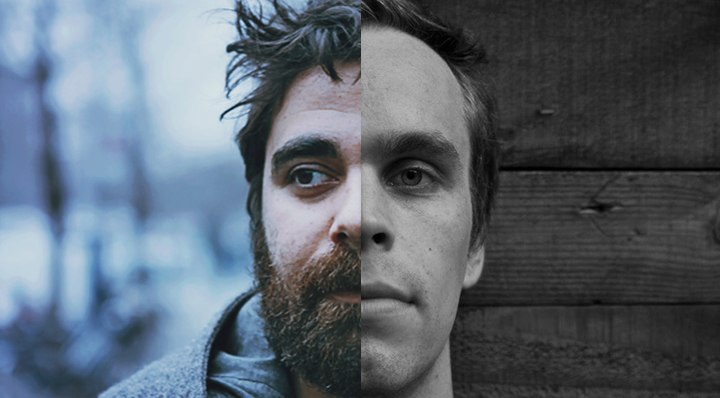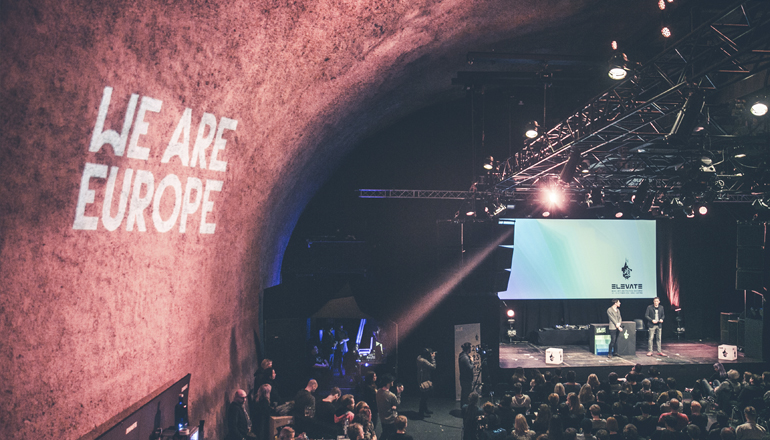First, Mike Bonanno from the Yes Men took us on a magical mystery tour of creative protest, from the suffragettes dressing up as Ancient Greeks and Gandhi's salt march, to bread helmets in revolutionary Egypt and the KGB's flying penises.
“Big campaigns are won by small numbers of people,” Mike says, pointing to the US Civil Rights movement. “It wasn't even the majority of the minority that was involved.” This is why being creative and making a big noise in the media is important: you can have a disproportionate influence on the political process. “The tendency of the media is to re-tell the same story the whole time,” Mike says. “Keep reminding them what the real story is.”
You can find a lot of Mike’s inspiration through these three resources for creative action: beautifultrouble.org; actipedia.org; and the book Small Acts of Resistance.
Ksenia Ermoshina brings a creative perspective from a very different part of the activist world: Russia. Ksenia describes the Russian activist environment, where the police have a tendency to over-react, arresting people who protest by dancing in cathedrals, for example. This has the pleasing effect of amplifying the activists' message. Equally, however, Russian civil society has no repertoire of action, as you find in Europe or the States. In France, where Ksenia currently works, the activists can immediately draw on a palette of actions, from die-ins to occupations, that everyone is familiar with. They don’t have to reinvent protest every time.
Ksenia describes her adventures in adbusting, creating speech bubbles for inanimate objects like bricks: “Only for throwing at cops.” Ksenia's inspiration is Hakim Bey, who declared that, even if only one or two people are awoken, the action is still a success. She also always insists on filming the whole process of preparing the action, whether it’s printing and posting photos of Syrian children or making a Vladimir Putin puppet, so that other people can see exactly how it was done and how they too can protest.
Ksenia's action has a very immediate and personal element, however. Her mother, a journalist, recently lost her job at one of the few remaining independent publications in Russia. Her question for the workshop: How can we talk to more people, reach more people, in countries where regimes are becoming more authoritarian?
Bruno Tozzini comes from the very different background of advertising, a $137bn industry in the US. And yet he shows us a series of creative responses to social problems, some created by advertising agencies and all using corporate platforms, including an intercultural language exchange over Skype, an online street art exhibition using Google Maps, and the sharing through Facebook of the “invisible” stories of homeless Brazilians.
Bruno then takes us through his “four steps of making” and, in the afternoon, we launch into a workshop focussed on generating creative responses to the refugee crisis in Graz. We brainstorm together and formulate half a dozen actions that could be implemented today, from wifi sharing, a refugee hackathon and SMS skillsharing, to the simplest imaginable creative response: “Just go and say hi”.
Christian Payne is a networked storyteller. It wasn't always thus, as he shows us through his journey from Alpine pastoralist to newspaper photographer and finally encrypted multimedia archivist. “All media is social,” he says. Christian himself promiscuously shares, not only text, but audio, video, geographic data and photos to tell the stories he encounters from Sudan to Iraq, from Twitter to Storify - from a man holding a smartphone to our ears, eyes and hearts.
Christian is a particularly big proponent of unobtrusive, lightweight, multitasking audio storytelling. He is usually to be found in some quiet corner of the Elevate festival, deep in conversation with some bright philosopher, hacker or DJ, seamlessly sharing their words and thoughts with an audience far away in time and space. He describes audio as an intelligent and intimate storytelling form, akin to reading a book, rather than watching a film.
Christian finishes with a warning about posting online. "You don't own your image, your image belongs to popular opinion,” he says. “You can attempt control your content, but not the way people react to it.” When it comes to protecting yourself online, his advice is simple: “Connect with kindness.”
The final input of the workshop came from Charles Kriel, founder of Lightful and former game designer and circus performer. Lightful is an app that attempts to solve a problem Charles has encountered when advising NGOs on how to share their stories and get access to funding.
Charles opens, however, by discussing the tragic death at a Turkish airport of journalist Jacky Sutton, a former colleague working in the Middle East. The Turkish authorities claim that she'd missed a connecting flight, been unable to afford a new ticket and had, as a consequence, gone into the ladies’ toilet and hung herself. Charles points out that such a course of action would be ridiculous for a seasoned journalist like Jacky, who'd been working in the region for a decade.
Besides the fact that Jacky had €2400 in cash on her person when she died, enough for a dozen new plane tickets, Charles himself has experience of that same fateful flight. “I've missed that connecting flight,” he says. “Everybody misses that connecting flight. It's a guarantee.”
That starting point shows how dangerous is the work of promoting a free press, particularly in the Middle East. “The region is in even more turmoil than is being reported at the moment,” Charles says. His dream is to create an app that will do some of the dangerous work that puts journalists, NGO workers and activists in such mortal danger. Lightful is that app.
Charles and his small team hope to launch Lightful in stages, starting with registered NGOs in a limited geographical space in the next three weeks. The start may be small, but his aim is quietly ambitious: “I'd like people to get into the habit of doing good work.”
